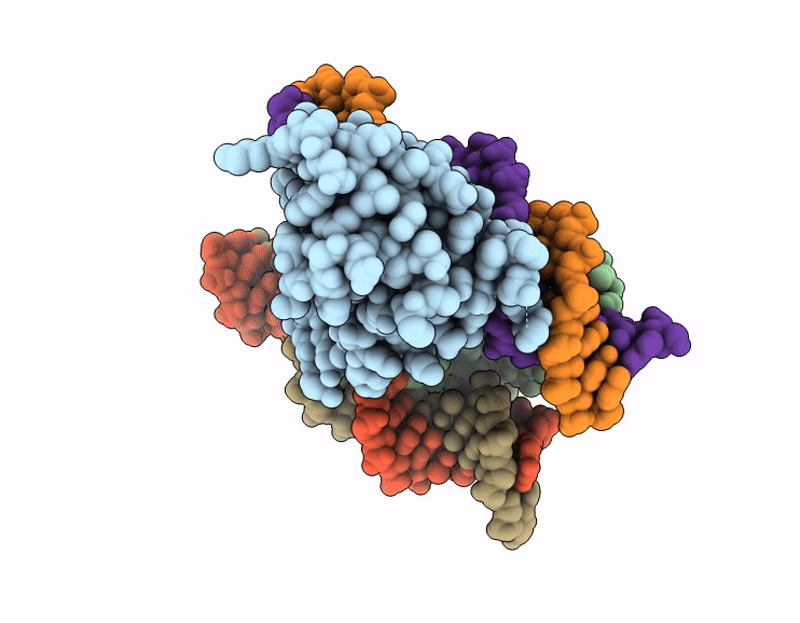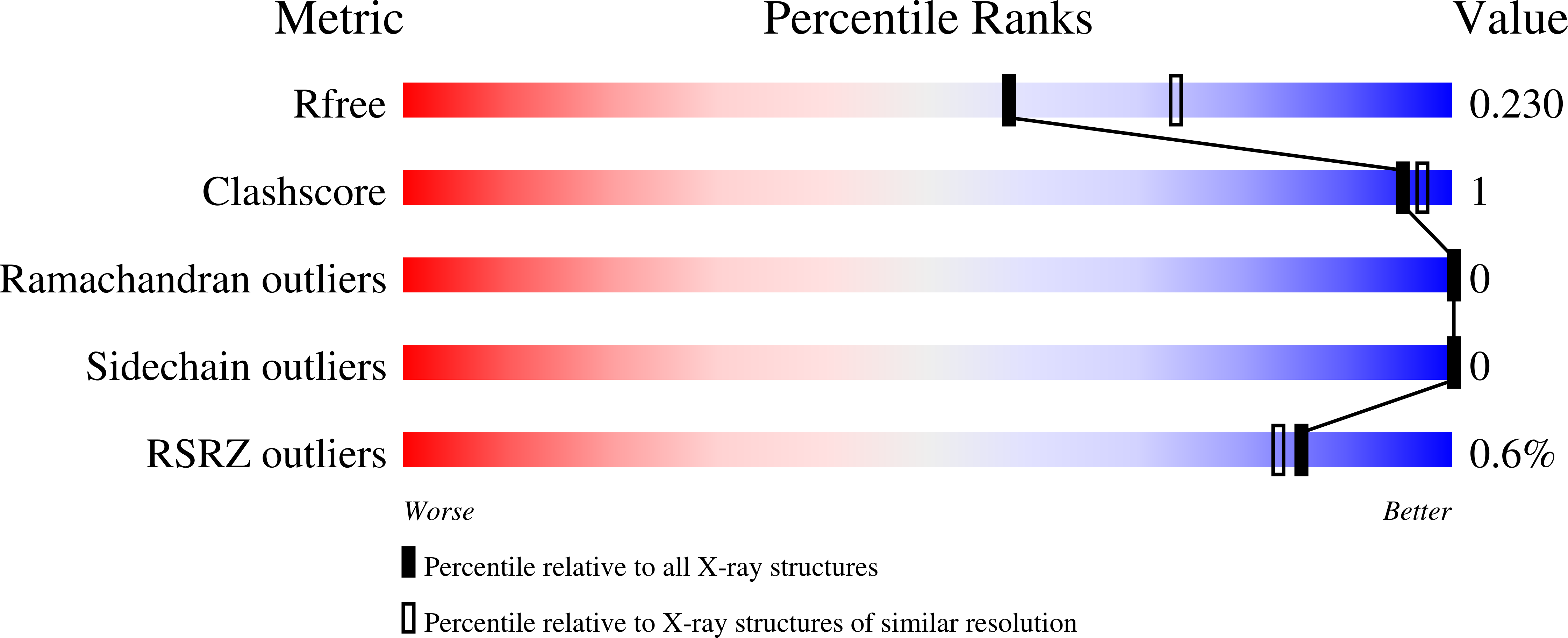
Deposition Date
2024-11-20
Release Date
2025-09-24
Last Version Date
2025-10-08
Entry Detail
PDB ID:
9EFW
Keywords:
Title:
Co-crystal structure of yeast Forkhead transcription factor Fkh1 bound to DNA
Biological Source:
Source Organism:
Saccharomyces cerevisiae (Taxon ID: 4932)
synthetic construct (Taxon ID: 32630)
synthetic construct (Taxon ID: 32630)
Host Organism:
Method Details:
Experimental Method:
Resolution:
2.20 Å
R-Value Free:
0.23
R-Value Work:
0.18
R-Value Observed:
0.19
Space Group:
P 1


